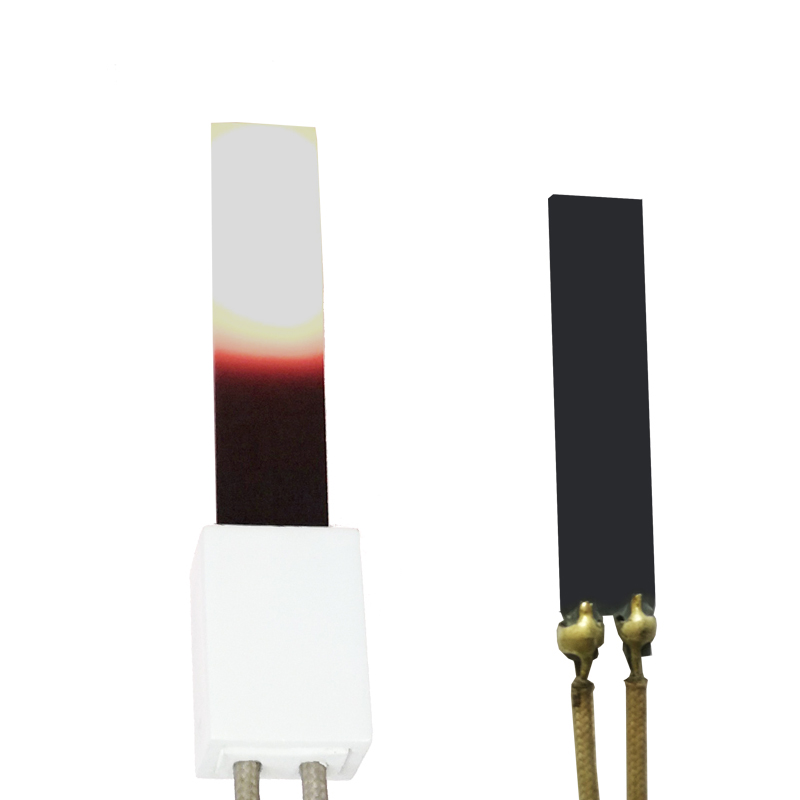Key features and considerations related to furnace hot surface ignitors
2024-03-04
A furnace hot surface ignitor (HSI) is a crucial component in gas-fired furnaces that is responsible for igniting the burner and initiating the combustion process. Unlike traditional pilot lights, hot surface ignitors use an electrically heated element to ignite the gas. Here are key features and considerations related to furnace hot surface ignitors:
1. Material Composition:
- Furnace hot surface ignitors are typically made of high-temperature-resistant materials, such as silicon carbide or silicon nitride. These materials can withstand the extreme heat generated during the ignition process.
2. Design:
- The design of a hot surface ignitor usually involves a flat or curved ceramic element. This element is positioned in close proximity to the gas burner. When electrical current flows through the element, it heats up, becoming incandescent and igniting the gas.
3. Ignition Method:
- Hot surface ignitors use electrical resistance to generate heat. When the furnace control system signals the need for heat, the ignitor is energized, and the temperature of the ceramic element rises rapidly. This intense heat ignites the gas as it flows through the burner.
4. Power Rating:
- Hot surface ignitors have specific power ratings, typically measured in watts. The power rating determines the amount of electrical energy needed to heat the element to the required temperature for efficient ignition.
5. Compatibility:
- It is crucial to ensure that the hot surface ignitor is compatible with the specific make and model of the furnace. Manufacturers provide specifications, and replacement ignitors should match the original component's specifications.
6. Durability:
- Hot surface ignitors are designed to be durable and reliable, withstanding the repeated heating cycles during the operation of the furnace. A durable ignitor contributes to the overall longevity and efficiency of the heating system.
7. Ignition Time:
- One of the advantages of hot surface ignitors is their quick ignition time. They can reach the necessary temperature for ignition rapidly, ensuring a prompt start to the heating cycle.
8. Ease of Replacement:
- Hot surface ignitors may require replacement over time due to wear or failure. The design should facilitate easy replacement, allowing homeowners or technicians to install a new ignitor without significant difficulty.
9. Temperature Control:
- Furnace systems often feature temperature control mechanisms that regulate the operation of the hot surface ignitor. This ensures that the ignitor functions optimally and does not overheat or underperform.
10. Energy Efficiency:
- Efficient hot surface ignitors contribute to the overall energy efficiency of the furnace by reliably igniting the gas, promoting complete combustion, and minimizing energy waste.
11. Safety Features:
- Some hot surface ignitors come with safety features, such as built-in sensors to detect proper ignition. These features enhance the safety and reliability of the ignition process.
12. Manufacturer Recommendations:
- Following the manufacturer's recommendations for maintenance, usage, and replacement intervals is essential for optimal performance and longevity of the hot surface ignitor.
Hot surface ignitors are widely used in modern gas furnaces due to their efficiency, reliability, and quick ignition times. Proper care, regular maintenance, and prompt replacement when needed help ensure the continued efficient operation of the furnace.



